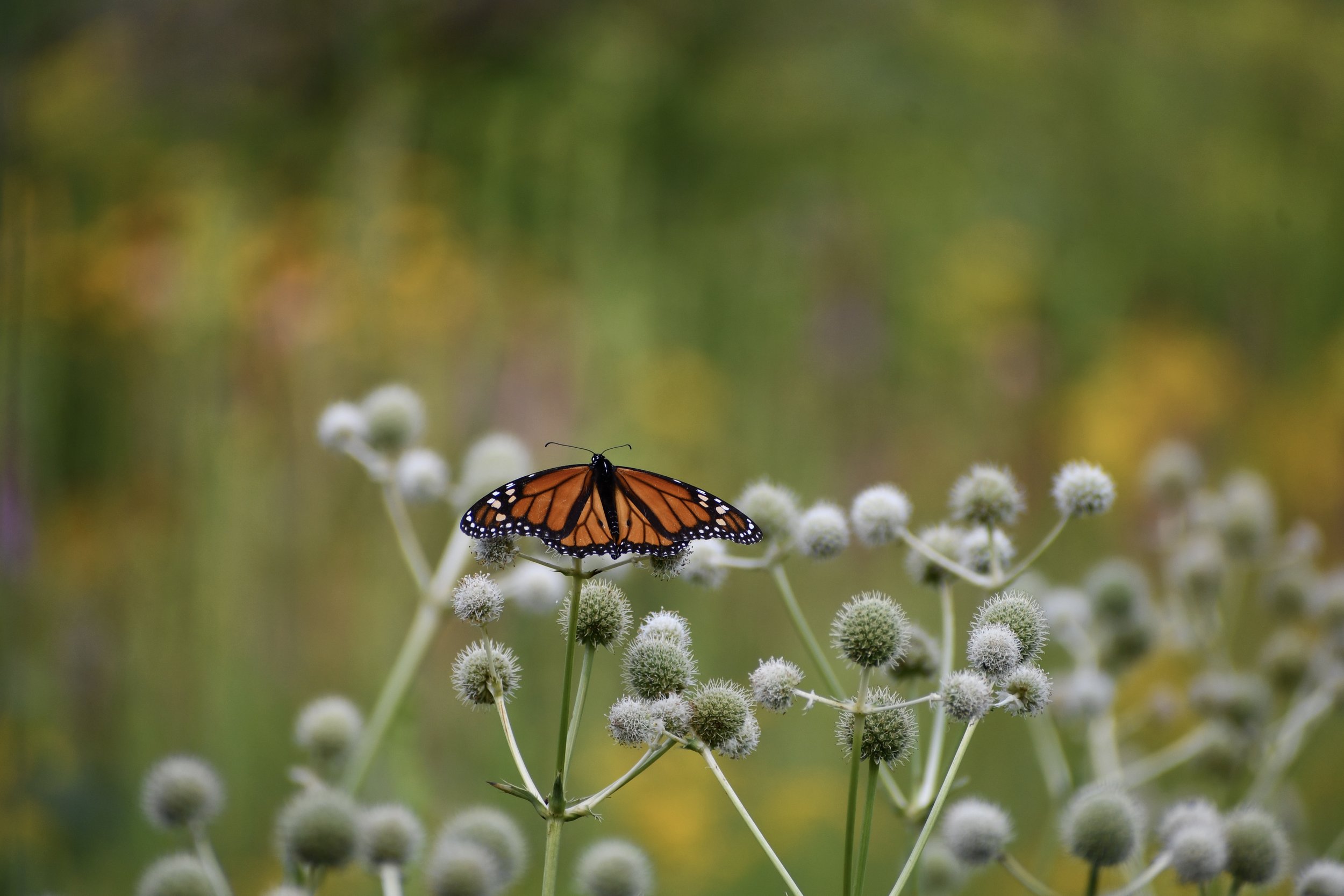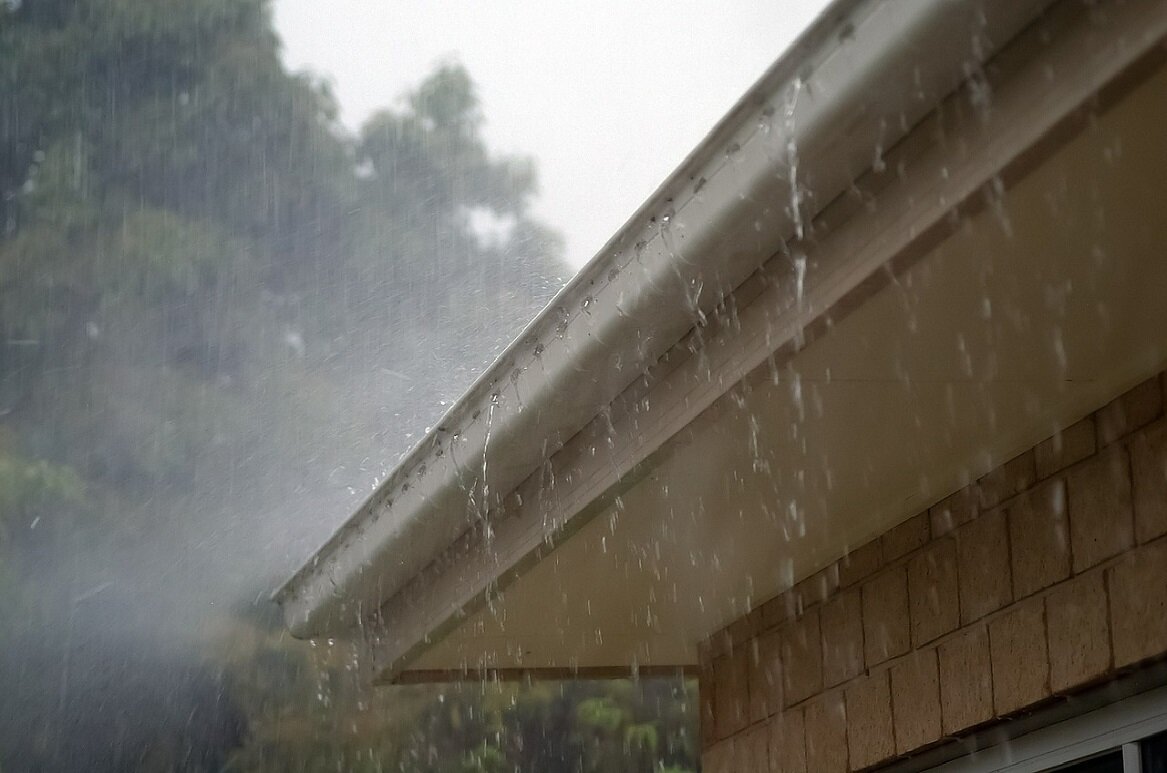
URBAN
At Friends of the Big Sioux River, we promote urban policies and practices that protect our water supply and the public health. We firmly believe in implementing low impact development practices that minimize runoff, reduce infrastructure costs, maintain natural landscape, minimize development costs and generally improve the quality of life. Scroll down or click the buttons below to learn about practices you can implement in your home or community to improve water quality.
FBSR Urban Position Statements
We Support:
Warning the public whenever immersion in the Big Sioux River is unsafe for recreational activities.
Washing your car at a car wash, not in your driveway, where soap and other chemicals eventually reach the water supply.
Responsible use of fertilizers and other chemicals on lawns.
Properly disposing of pet waste. All waste that goes down the storm drain flows directly into the Big Sioux River.
Integrating storm water design into site design.
These practices include:
Reducing hard surfaces to facilitate storm water absorption
Minimizing disruption to natural topsoil
Increasing topsoil depth on all residential and commercial lots
Development incorporating the natural landscape and preserving natural areas as common community areas (playgrounds, parks and ball fields)
Temporary construction sediment barriers
Bio-retention practices
Practices that reduce storm water runoff and pollution.
Rain gardens in residential and commercial lots to capture and slow runoff
Riparian strips
Parking lots with rain gardens (replacing raised berms) to hold and filter runoff
Rain barrels
What Urban Responsibility Looks Like
Rain Gardens
A rain garden is a strategically designed depression meant to capture runoff from downspouts, driveways, sump pumps, parking lots, and rooftops. Click here to learn more!
Bioswales
Bioswales and bioretention cells improve water quality and divert rainwater from poorly drained areas. They are ideal for parking lots, roadsides, and other urban areas that have large expanses of pavement. Click here to learn more!
Permeable Pavers
Pervious paving is a low-impact development strategy that allows excess rainwater to soak through the landscaping and become absorbed by underground aquifers. Click here to learn more!
Low Impact Development
Low Impact Development is an environmental and economical response to the limitations of traditional storm water management. LID pays attention to each site's unique hydrology. Click here to learn more!
Safe Storm Drains
Only rain down the drain! Don't wash paintbrushes outdoors. Keep chemicals such as these from running down the storm drain. When doing home improvement projects, locate your storm drain and protect it from debris.
Cleaner Runoff
Make sure you're sending clean water to the river! Regularly check your septic system to make sure there are no leaks or overflows. In the winter, use salt sparingly; shovel whenever possible.
Vehicle Maintenance
Your vehicle habits can influence the river. Don't dump oil or chemicals down your storm drain. Maintain your vehicle so oils and fluids don't leak onto paved surfaces, including roads and parking lots. Click on the image to learn more!
Native Grasses
Landscape your yard instead of trying to maintain grass. This lessens runoff. Landscape your yard with native plants. These plants are better suited for SD and will require less chemical treatment.
Minimal Mowing
Mow your lawn a notch higher and allow grass clippings to stay on the lawn. These clippings act as organic fertilizer.
Responsible Pet Ownership
Pick up your pet's waste and dispose of it in the trash to prevent feces from running off into storm drainage systems and into the Big Sioux River. Pet waste can have a huge impact on water quality. On the West Coast, cat feces in freshwater runoff killed local sea otter populations. Click on the image to learn more!
Smart Lawn Care
In the fall, aerate lawns and spread compost instead of fertilizer. Keep fertilizers and lawn chemicals off hard surfaces. Minimize the amount of watering and fertilizing you do; do not water or fertilize before predicted rains. Apply water only where it will be absorbed. If you own riverfront property, allow a 50 foot chemical-free buffer strip.
Runoff Reduction
Redirect downspouts away from foundations and onto permeable surfaces. This will allow for better penetration and filtration, and it will keep basements dry!















